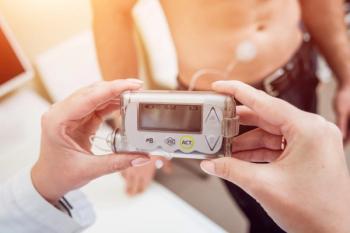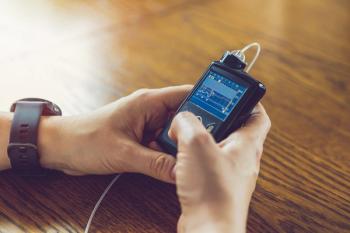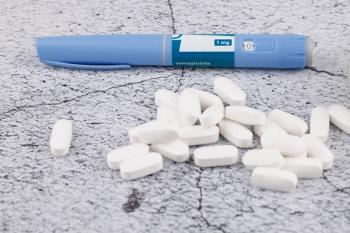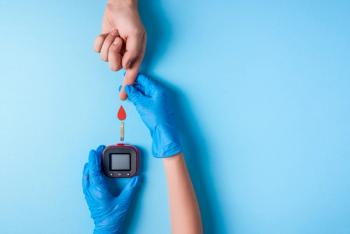
Technology-Enhanced Insulin Education by Pharmacists Prior to Hospital Discharge Boosts Patient Confidence
A poster presented at ADA’s 80th Scientific Sessions examines the effects of interactive pharmacist insulin teaching for patients with diabetes prior to hospital discharge.
Technology-enhanced insulin education by pharmacists prior to hospital discharge led to improved outcomes for patients with diabetes, according to new research presented at the American Diabetes Association’s (ADA’s) 80th Scientific Sessions.
Proper insulin injection technique is imperative to optimizing glycemic control and ensure safe medication use. Since January 2018, unit-based pharmacists at Greenville Memorial campus have been providing insulin administration education prior to patient discharge. The study, which was presented virtually by study investigator Jessica M. Odom, PharmD, BCPS-BC-ADM, evaluated the effect of incorporating iPad insulin education videos into standardized pharmacist insulin teaching at bedside prior to inpatient discharge.
According to Odom, the 8-minute insulin administration video demonstrated how to give an insulin injection, safely dispose of sharps, and recognize and treat hypoglycemia. The video also provided other insulin educational points, such as by explaining how insulin works to lower blood glucose, as well as the difference between basal and bolus insulin.
The study compared patients who received traditional pharmacist insulin teaching over a 6-month period versus the technology-enhanced pharmacist insulin teaching for 6 months. In the technology-enhanced teaching group, patients were able to review insulin education via an iPad at bedside and were then able to practice with demo tools, and receive coaching or corrections from a pharmacist. Patients included in the study were older than 18 years of age with either new insulin orders or, if taking insulin prior to admission, a HbA1c ≥8.5%, according to the study.
Using an 8-item survey administered pre- and post-education, the investigators assessed changes in confidence in insulin administration and storage, hypoglycemia managements, and sharps disposal on a scale of 1 to 5, with 5 indicating the highest confidence.
Average A1c at baseline was over 10%. Patients in both groups improved from their baseline scores across all 8 items in the survey. Statistically significant differences were seen across 4 survey items favoring the technology-enhanced teaching, including the right time to give insulin, how to store insulin, how to give yourself an injection, and how to prepare a dose of insulin, Odom reported. Additionally, follow-up A1c within 4 months of discharge improved to 9.4 in the traditional group and 8.7 in the iPad group, according to the findings. Diabetes-related readmissions were similar between both groups.
“Technology-enhanced education improved patient outcomes while offering a consistent and concise tool to deliver education,” Odom said in the presentation. “Patients in the study had uncontrolled diabetes, frequently were prescribed insulin in the outpatient setting, yet many had never received education on this high-risk education.”
Although inpatient education by pharmacists prior to discharge improved patient confidence in insulin administration across both groups, the use technology-enhanced insulin education may further reduce pharmacist burden without negatively affecting patient outcomes, the study concluded.
Newsletter
Pharmacy practice is always changing. Stay ahead of the curve with the Drug Topics newsletter and get the latest drug information, industry trends, and patient care tips.


















































































































